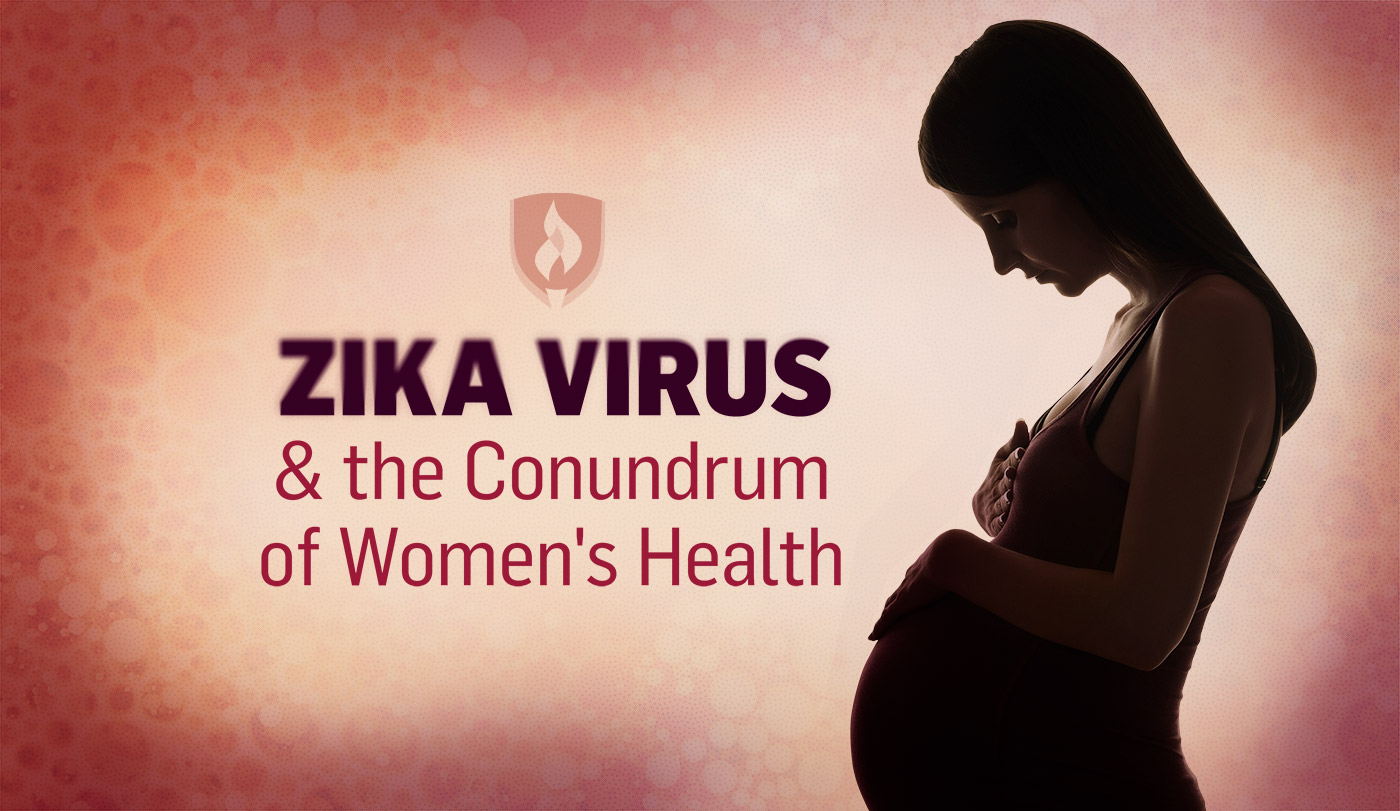
It’s a big year for the Zika virus.
The World Health Organization (WHO) declared the virus a public health emergency — and predicted up to four million infections this year alone. Mosquitoes are the main culprit behind the spreading virus, though it can also be transmitted through sexual contact. With the 2016 Summer Olympic Games set for Rio de Janeiro — the epicenter of the outbreak — all eyes are turning to the unnerving epidemic.
By itself, the Zika virus isn’t so bad — it usually causes a mild fever and some aches and pains. But Zika comes with a host of other effects that are the focal point of health officials’ concern. At the top of that list is Zika’s link to a birth defect called “microcephaly,” a condition in which newborn babies heads’ are significantly smaller than expected due to abnormal brain development. The medical community fears the immediate impact of microcephaly is just the tip of the iceberg as little is known about the long-term effects of the virus.
Zika truly has the world on edge with thousands of cases surging within the past year and no cure in sight. In an effort to stem the number of babies born with microcephaly, governments of affected countries are urging women to avoid pregnancy for the immediate future. In reality, the Zika virus is too complex of a problem to solve with a simple solution. Here is a closer look at Zika — and the slew of healthcare deficiencies it’s exposing.
Why the worry?
Zika is not a new virus, but the 2015 outbreak was its most widespread, making headline news as it spread from Brazil to other South and Central American countries. To date, Zika has been discovered in almost 40 countries — and the numbers continue to rise. The virus’s mild symptoms go unnoticed in four out of five cases, which allows the virus to spread faster than it can be managed.
FACT: The WHO predicts up to 4 million Zika virus infections this year alone.
Though Zika’s mild symptoms are typically nothing to be concerned about, the side effects are proving most worrisome. In addition to the thousands of cases of microcephaly in newborn babies, Zika has been linked to paralysis and brain infection in adults.
With no cure in sight, the Zika virus is putting many women between a rock and a hard place: Risk an unsafe and possibly illegal abortion or potentially give birth to a child with microcephaly. Women in affected countries are often left to fend for themselves in the fight against Zika and microcephaly as resources remain scare and government regulations range from naïve to downright unhelpful.
The Zika conundrum
For women on the outskirts of the Zika virus epicenter, the immediate solution is to avoid travel to affected areas. But the answer isn’t so easy for the millions of women living in areas actively affected by Zika.
As of this writing, Columbia, Jamaica, Panama, Ecuador and El Salvador have all urged women to postpone pregnancies in light of concerns about microcephaly — but that’s easier said than done for women in Zika-affected areas where contraceptives are sparse and unplanned pregnancies account for half of all births. Add to the mix high rates of sexual violence, elusive contraceptives, teen pregnancies and lack of sexual education prevalent in Zika-affected countries, and it adds up to a worrisome outlook for women’s health in these regions.
And the problem is moving closer to home.
Many women in the U.S. will soon have to contend with the Zika virus on home soil, which is causing officials to scramble. Gulf Coast states like Texas, Florida and Alabama are expected to see Zika outbreaks later this year. Fortunately, in May 2016, the FDA granted emergency certification to a Zika test designed to provide early detection of the virus.
Unfortunately, the same states that are most vulnerable to the Zika virus are also those with some of the worst reproductive healthcare in the country. Though women in the United States have more options than those in Latin America, low-income women near the Gulf Coast may still find themselves unable to afford or access abortions and contraceptives.
The bigger problem of women’s health
Despite the United Nations’ urging for greater access to contraceptives and abortions in the hardest hit areas, few options remain for women caught in the crossfire of the Zika virus.
The availability of women’s health services in areas affected by Zika is far from sufficient. Take El Salvador, for instance, a country at the center of the Zika crisis and home to some of the world’s strictest abortion laws. It’s illegal there — even in cases of rape, incest, serious birth defects or threat to the mother’s life. Even unpreventable tragedies like stillbirth and miscarriage can land women years behind bars. El Salvador may seem like an extreme example, but it’s far from the only one. Many Zika-affected countries have limited access to safe and legal abortions. Even in countries with select access to abortions, confusion abounds with a lack of access and information.
"The same states that are most vulnerable to Zika virus are also those with some of the worst reproductive healthcare in the country."
This leads many women to seek out illegal abortions, an unsafe last resort the medical community fears will increase thanks to the Zika virus. In Brazil, a woman can be jailed up to three years for an illegal abortion. But the law isn’t stopping them from occurring — 200,000 women in Brazil are hospitalized each year from unsafe, illegal abortions.
The World Health Organizations suggests women fare worse in epidemics, natural disasters and times of crisis and Zika appears to be another example of that reality.
What can be done?
Research for a cure or vaccine is already underway, but even if one is found, the lengthy process of clinical trials and approval mean the drug’s release could be years away. While the world waits for a cure, human rights activists are urging a more timely solution: reform of oppressive laws. El Salvador’s health minister, Violeta Menjívar recommended repealing abortion restrictions and other countries have voiced similar demands.
In the meantime, women in need are turning toward the internet for help. Women on Web, an organization committed to providing women worldwide with medical abortions, reported a spike in requests from Brazil. Though there is no quick fix to the Zika conundrum, the global response and aftermath of the outbreak should continue to shine a light on women’s health issues around the world.
Now what?
Experts fear the further spread of the Zika virus as summer temperatures rise in Central and South America and U.S. states bordering the Gulf of Mexico. Experts also fear the summer Olympic Games in Rio will accelerate Zika’s reach, as millions of tourists and athletes descend upon the origin of the outbreak.
But for those who are already feeling the strain of the disease, there’s no knowing what will happen. It’s tough to say whether the Zika virus will sow the seeds of change in Latin America — but for now, they’ll have to settle for second best: a global spotlight on a glaring lapse in women’s health.
Follow the Center for Disease Control’s Zika page to stay informed and up to date on the latest developments and learn about how you can help countries with Zika virus.
Related article:




